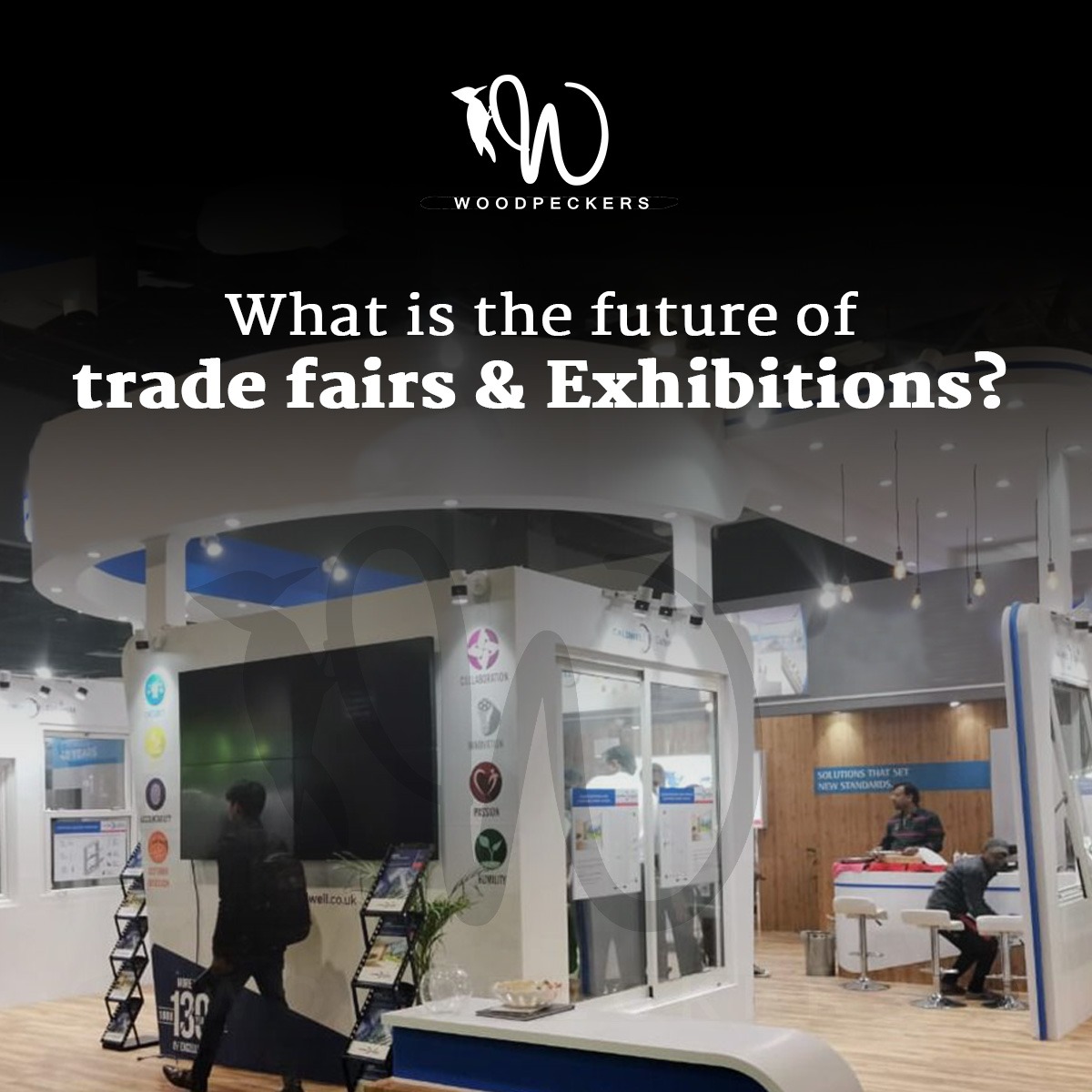Expos and trade shows have been around for decades, with the first major event being The Great Exhibition in 1851, during the reign of Queen Victoria. There was hardly any development in the trade show business in the following decades. Only when new technologies became widely available did conventional exhibitions radically transform. However, in today’s world, whether traditional trade shows still have a place in your increasingly digital society. This article shows you the future of trade fairs and exhibitions.
Encouraging trade shows on floor after covid impacts
Encouraging trade shows to return to the exhibition floor after the profound impacts of the COVID-19 pandemic holds immense promise and benefits for businesses and industries alike. Firstly, trade shows offer a vital avenue for companies to showcase their innovations, products, and services to a diverse and engaged audience. This physical presence allows for in-depth product demonstrations, tactile experiences, and face-to-face interactions that are irreplaceable in fostering business relationships. Moreover, trade shows serve as hubs for networking, knowledge exchange, and collaboration, igniting creativity and driving industry progress. As we emerge from the pandemic, the collective desire for connection and renewed economic activity creates an opportune moment to reinvigorate these events. Trade shows not only stimulate economic growth but also contribute to the sense of community and shared purpose within industries, fostering optimism and revitalization as we look forward to a brighter post-pandemic future.
Trade shows can resume as usual through exhibition stand design company. Consumers are attending physical trade shows!
Reaction to Virtual Business Expos
Despite the rise of virtual trade fairs and exhibitions, surveys show that guests still favor traditional, in-person trade shows. Webinars and other forms of virtual conferences are gaining popularity in some fields, but not the trade show industry.
A UFI study from 2021 found that attendees preferred in-person gatherings to virtual ones in nine out of eleven metrics.
- · Meeting someone new by complete accident
- · Integrity of connections
- · It was a wonderful time overall.
- · affiliation with a community
- · Making a Deal
There was either no difference or a clear preference for online trade shows among the following two groups:
- · Superiority of Instructional Materials
- · The price to attend
On the other hand, when asked about both types of events, 86% of exhibitors favored face-to-face gatherings over virtual ones.
What, No More Virtual Business Expos?
Both sides strongly prefer face-to-face meetings to virtual reality trade shows and webinars arranged by exhibition booth builders. That’s the final curtain call for most shows’ remote events. It’s impossible to deny the value of a digital component to any event. It helps keep ticket prices low for attendees and increases accessibility for those who live farther away or cannot travel.
In the same way that you wouldn’t rule out live streaming of concerts or direct play broadcasting to homes, you also wouldn’t rule out a hybrid of online and offline events in the future.
In-Person Trade Shows Making a Comeback
In addition to a general preference for offline trade shows over virtual ones, the UFI survey found that over 70% of respondents intended to maintain or increase their frequency of trade show attendance. COVID may have promoted online events, but they can’t compete with the real thing.
Combination Market Events
Both online and offline trade shows have benefits and drawbacks and will probably combine. According to studies, face-to-face networking is the primary advantage of in-person trade fairs and exhibitions over virtual ones. When you’re at home, meeting new people in the lift or at the bar is impossible. Therefore, social interaction is unlikely to play a significant role in virtual performances.
Keynote speakers and presentations, which are great for energizing audiences in person and online, are what you can anticipate instead. By holding both a physical and digital event, the exhibition will attract a wider audience and eliminate the need for participants to travel to attend talks by industry experts. Some of the most interesting and engaging speakers you’d like to have on hand cannot participate in the conference physically; custom exhibition stand builders create them.
Hybrid methods free event planners from geographical constraints while retaining the advantages of in-person gatherings, allowing for the creation of more innovative, informative, and expansive gatherings.
Expos and Online Networking
Trade shows are also likely to shift their focus to social media shortly. On their favoured platforms, live content is viewed by about 25% of social media users. That number will undoubtedly increase as more and more millennials begin to work. Is anything stopping global trade fairs and exhibitions from going hybrid through a live stream on social media? It’s a great, low-cost approach to promoting the companies in attendance and fostering a thriving virtual neighbourhood. Digital marketing strategies will also make extensive use of social media. Be sure to follow your preferred trade shows on social media and watch for increased emphasis on social media marketing.
Conclusion
Conventions for doing business are going to be around for a while. You should expect the popularity of in-person displays to grow slowly. Let’s recognize the potential of digital tools to facilitate the development of ground-breaking hybrid trade fairs and exhibitions. To know more about trade fairs and exhibitions contact Woodpeckersglobal.







